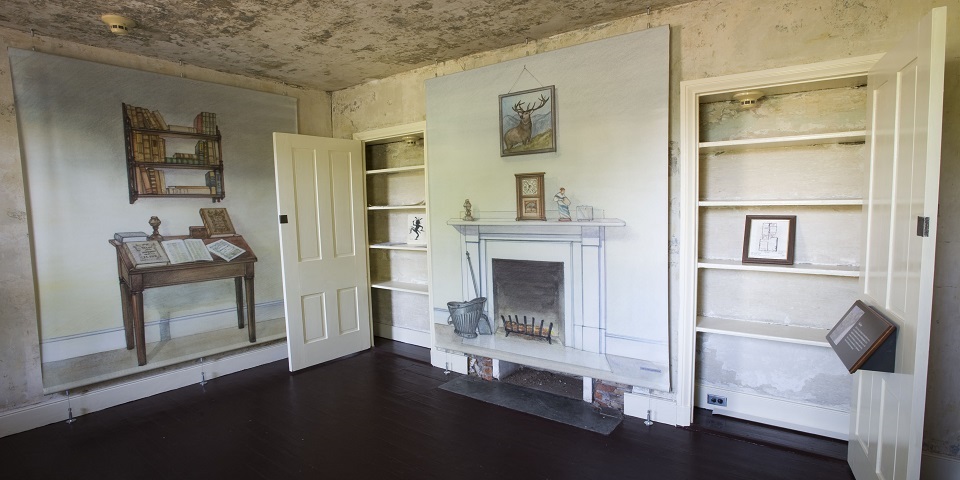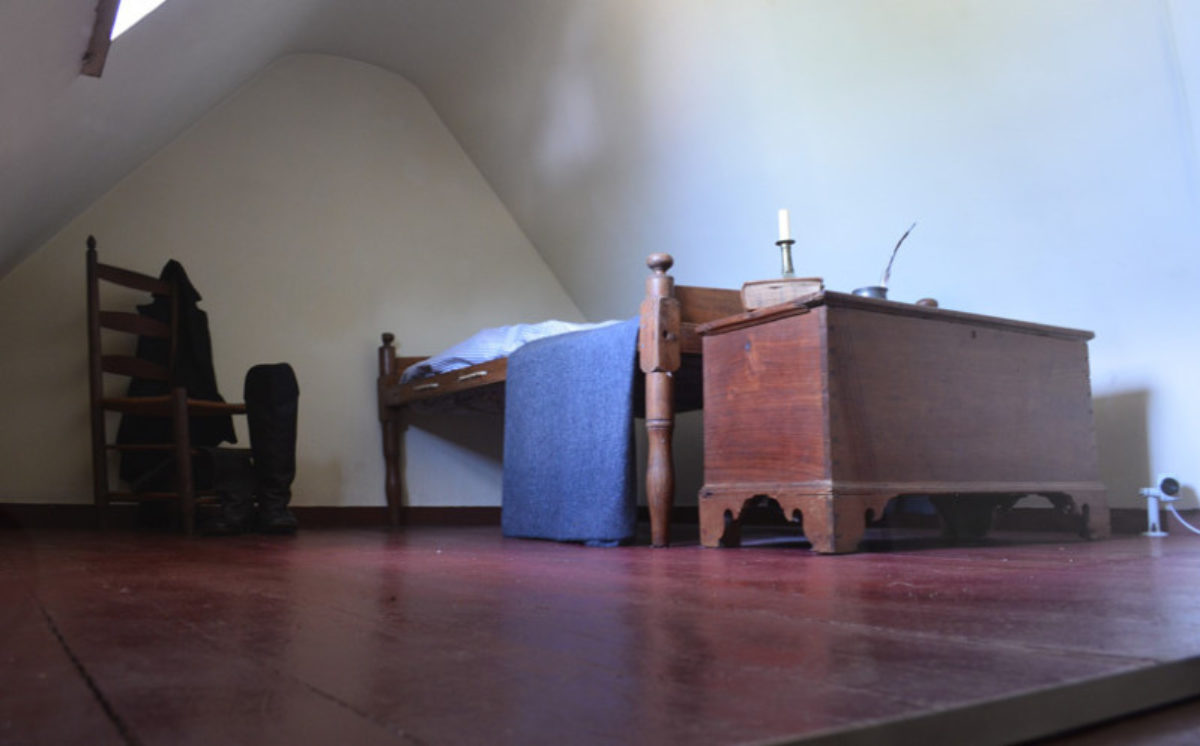Table Of Content

The narrator helps Roderick put Madeline's body in the tomb, whereupon the narrator realizes that Madeline and Roderick are twins. The narrator also notes that Madeline's body has rosy cheeks, which sometimes happens after death. Over the next week, both Roderick and the narrator find themselves increasingly agitated. Might we then interpret Roderick as a symbol of the conscious mind – struggling to conceal some dark ‘secret’ and make himself presentable to his friend, the narrator – and Madeline as a symbol of the unconscious?
The Enchanted Garden
'The Fall of the House of Usher's Biggest Edgar Allan Poe References - Collider
'The Fall of the House of Usher's Biggest Edgar Allan Poe References.
Posted: Tue, 17 Oct 2023 07:00:00 GMT [source]
Poe did not own much furniture at this time because he moved frequently, not just around Philadelphia, but also to New York City and Richmond, Virginia. Around the time he lived here, his failed literary endeavors and his ailing wife’s costly medical care finally forced him to file for bankruptcy. His bankruptcy petition lists hardly any furniture or valuable material possessions.Poe had elite tastes in furniture and décor that were beyond what he could afford, but one aspect of the parlor might have attracted his sensibilities. The mantle above the fireplace is made of marble, one of the most elegant aspects of the house.
Great Black-Owned Shops and Boutiques in Philadelphia
Poe’s death is shrouded in mystery—he was found in a gutter in Fell’s Point and suffered from delirium for days before passing—but it’s widely believed that the city’s oldest bar was one of his last stops before his death. The Horse You Came In On Saloon opened in 1775 and today is known for its dive bar vibe and live music, but also enjoys the occasional ghost sighting. ⭐ The Edgar Allan Poe Speakeasy is a chilling cocktail experience in Ocala that brings four of his stories off the page and onto the stage as told through the Poe Historians while pairing them with four classic cocktails. The Martian Chronicles, a 1950 collection of stories by Ray Bradbury, contains a novella called "Usher II," a homage to Poe. Its main character, William Stendahl, builds a house based on the specifications from Poe's story to murder his enemies. The narrator and Roderick place her in a tomb despite her flushed, lively appearance.
About Poe Baltimore

Note how Madeline is barely seen for much of the story, and the second time she appears she is literally buried (repressed?) within the vault. Poe was the son of the English-born actress Elizabeth Arnold Poe and David Poe, Jr., an actor from Baltimore. After his mother died in Richmond, Virginia, in 1811, he was taken into the home of John Allan, a Richmond merchant (presumably his godfather), and of his childless wife. He was later taken to Scotland and England (1815–20), where he was given a classical education that was continued in Richmond.
Four of his most famous stories will be retold and reimagined by our Poe historians. Our macabre lead mixologist will transform each of those stories into a 4-part cocktail experience. Late arrivals will not be permitted entry 15 minutes after your tour start time and your tour time cannot be extended beyond your scheduled appointment if you arrive late. From his arrival, the narrator notes the family's isolationist tendencies, as well as the cryptic and special connection between Madeline and Roderick, the final living members of the Usher family. Throughout the tale and her varying states of consciousness, Madeline completely ignores the narrator's presence. After Roderick Usher claims that Madeline has died, the narrator helps Usher entomb Madeline in an underground vault despite noticing Madeline's flushed, lifelike appearance.
Off-the-Beaten-Path Museums & Attractions in Philly
This friend is riding to the house, having been summoned by Roderick Usher, having complained in his letter that he is suffering from some illness and expressing a hope that seeing his old friend will lift his spirits. The following year he went to Providence, Rhode Island, to woo Sarah Helen Whitman, a poet. Poe had close but platonic entanglements with Annie Richmond and with Sarah Anna Lewis, who helped him financially. In 1848 he also published the lecture “Eureka,” a transcendental “explanation” of the universe, which has been hailed as a masterpiece by some critics and as nonsense by others. In 1849 he went south, had a wild spree in Philadelphia, but got safely to Richmond, where he finally became engaged to Elmira Royster, by then the widowed Mrs. Shelton, and spent a happy summer with only one or two relapses.
OKLAHOMA CITY, OK
Before going, Poe published a new volume at Baltimore, Al Aaraaf, Tamerlane, and Minor Poems (1829). He successfully sought expulsion from the academy, where he was absent from all drills and classes for a week. He proceeded to New York City and brought out a volume of Poems, containing several masterpieces, some showing the influence of John Keats, Percy Bysshe Shelley, and Samuel Taylor Coleridge. Found in a Bottle” won $50 from a Baltimore weekly, and by 1835 he was in Richmond as editor of the Southern Literary Messenger. There he made a name as a critical reviewer and married his young cousin Virginia Clemm, who was only 13.
Further, Roderick believes that his fate is connected to the family mansion. It is revealed that Roderick's sister, Madeline, is also ill and falls into cataleptic, deathlike trances. Roderick and Madeline are the only remaining members of the Usher family. An interpretation which has more potential, then, is the idea that the ‘house of Usher’ is a symbol of the mind, and it is this analysis which has probably found the most favour with critics.
Edgar and Pluto: The Poe Museum Cats!
He turns back in time to see the Moon shining through the suddenly widened crack in the house. As he watches, the House of Usher splits in two and the fragments sink away into the lake. Several days later, Roderick tells the narrator that Madeline has died, and they lay her to rest in a vault. In the days that follow, the narrator starts to feel more uneasy in the house, and attributes his nervousness to the gloomy furniture in the room where he sleeps. The narrator begins to suspect that Roderick is harbouring some dark secret. The story is narrated by a childhood friend of Roderick Usher, the owner of the Usher mansion.
In the tale's conclusion, Madeline escapes from the tomb and returns to Roderick, scaring him to death. As the narrator reads of the knight's forcible entry into the dwelling, he and Roderick hear cracking and ripping sounds from somewhere in the house. When the dragon's death cries are described, a real shriek is heard, again within the house. As he relates the shield falling from off the wall, a hollow metallic reverberation can be heard throughout the house.

Described as horrifying, mystifying, and brilliant, Poe’s writing has engaged readers all over the world. The six years Edgar Allan Poe lived in Philadelphia were his happiest and most productive. Yet Poe also struggled with bad luck, personal demons and his wife’s illness. In Poe’s humble home, reflect on the human spirit surmounting crushing obstacles, and celebrate Poe’s astonishing creativity. In season 3 of the Telltale Games video game version of The Walking Dead, one house in the Prescott camp is a visual homage to the Poe House.
The Visit Philly Overnight Package — booked more than 190,000 times since 2001 — comes with free hotel parking (worth up to $100 in Center City Philadelphia), overnight hotel accommodations and choose-your-own-adventure perks. Visitors can tour the stark rooms and cellar of the three-story home, where Poe’s imagination ran seductively wild. The Edgar Allan Poe National Historic Site is a preserved home once rented by American author Edgar Allan Poe, located at 532 N. 7th Street, in the Spring Garden neighborhood of Philadelphia, Pennsylvania. Though Poe lived in many houses over several years in Philadelphia (1838 to 1844), it is the only one which still survives.[2] It was designated a National Historic Landmark in 1962. While the exact dates of composition for Poe’s works is often complicated, it is reasonable to assume a number of stories, poems, and reviews were written by Poe during his stay on Amity Street.

No comments:
Post a Comment